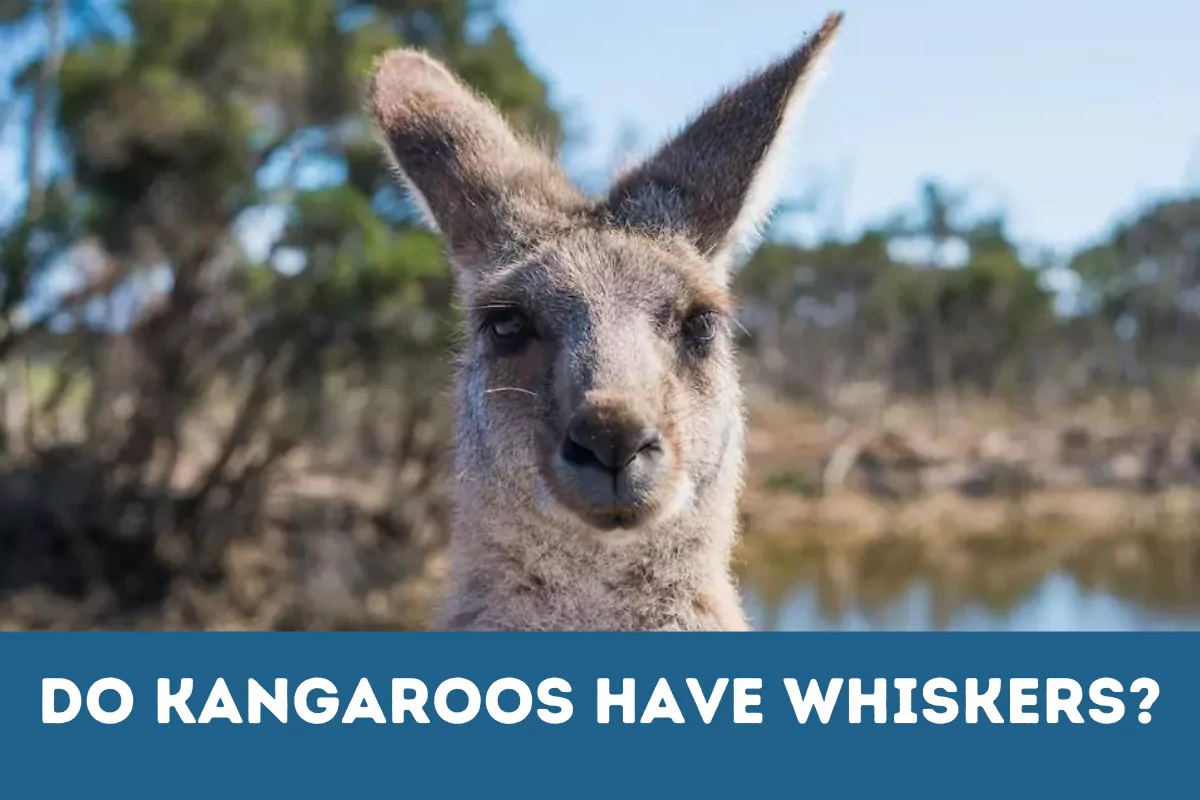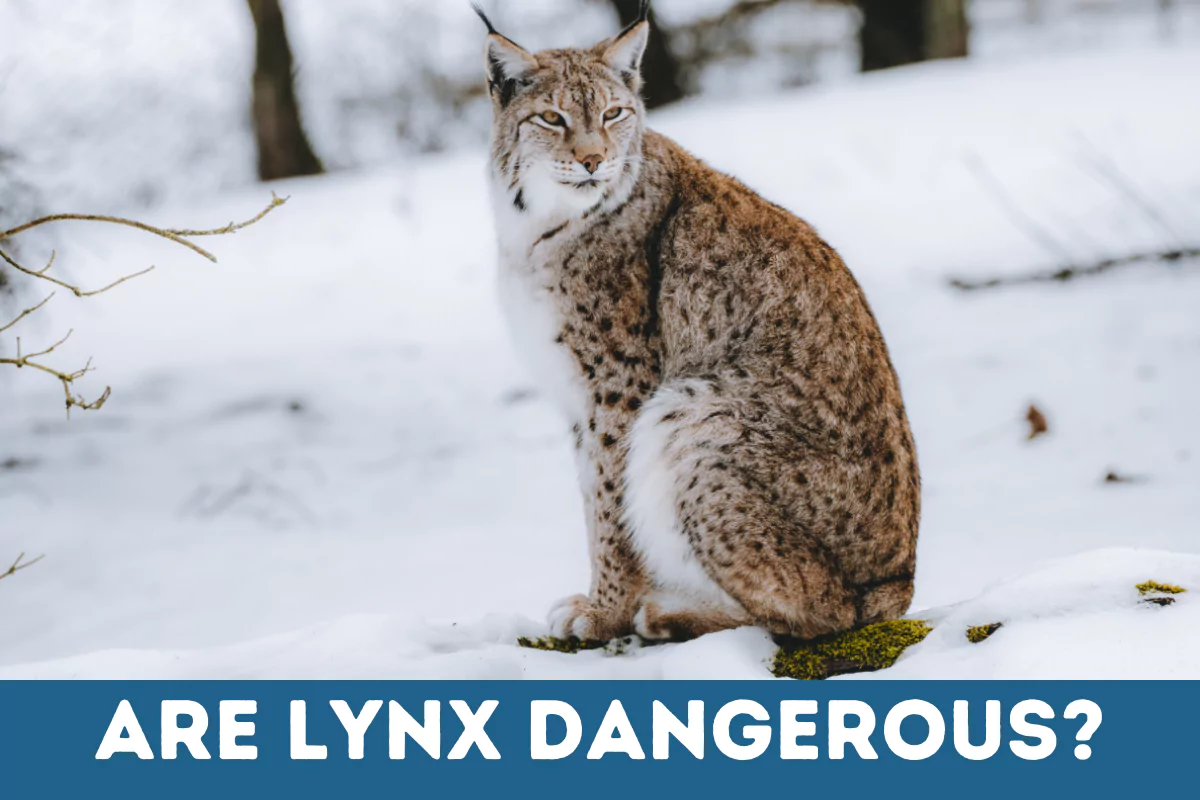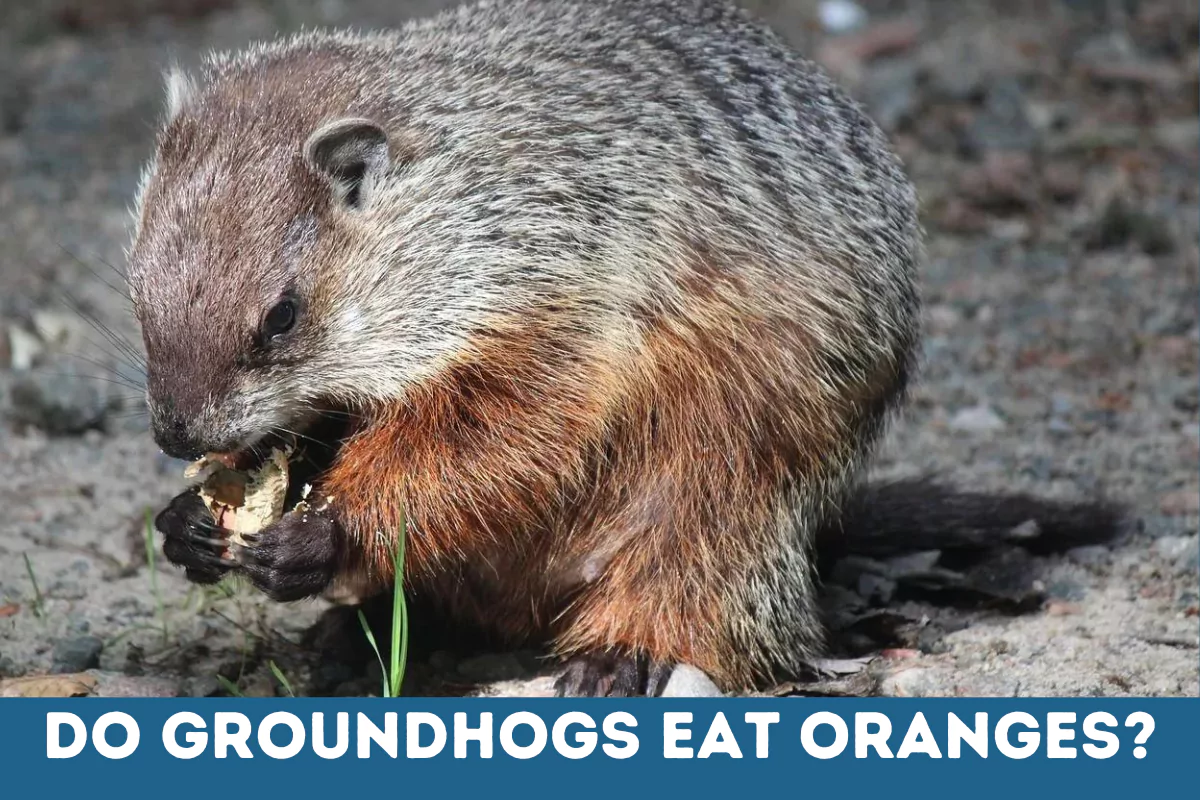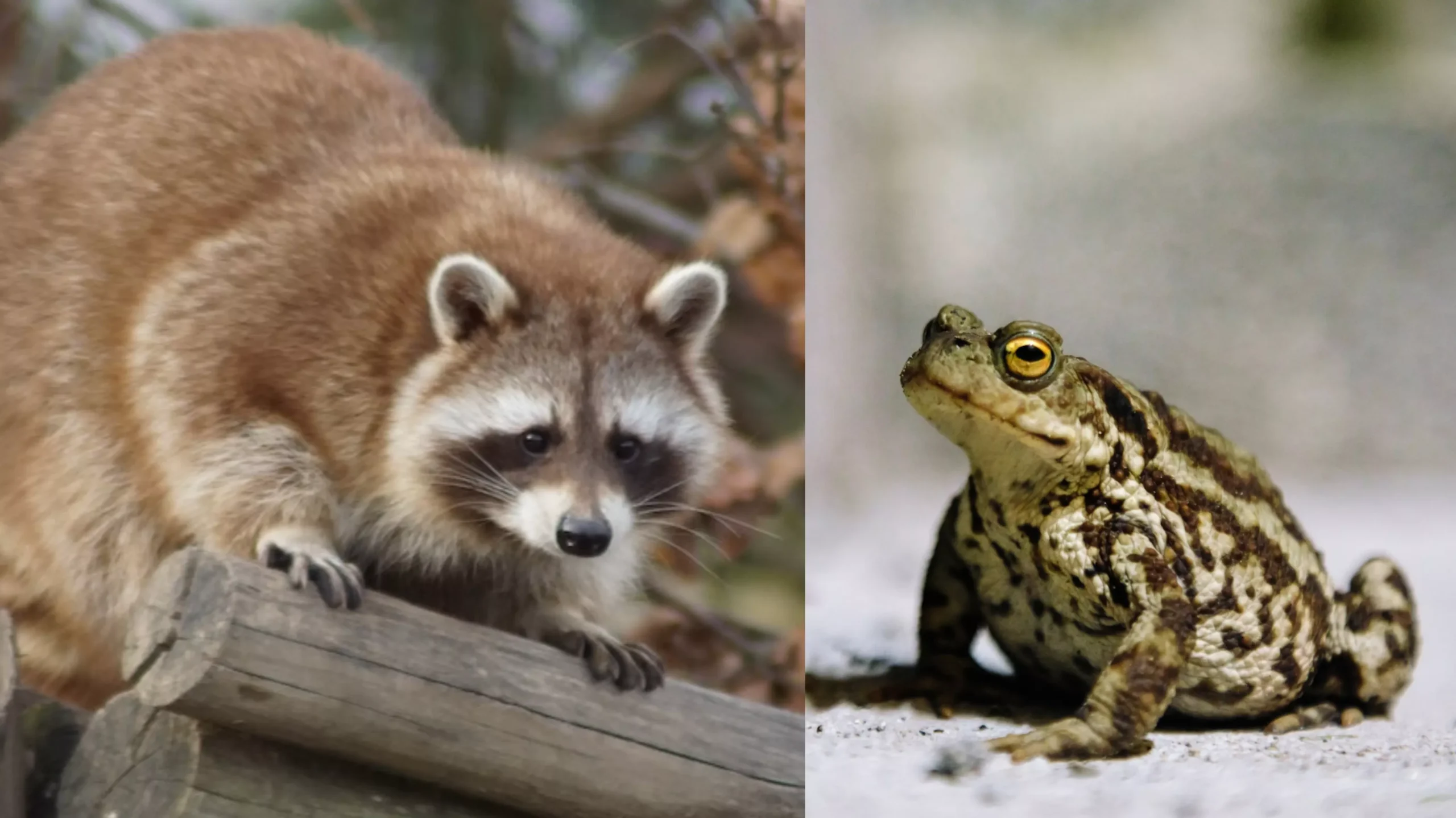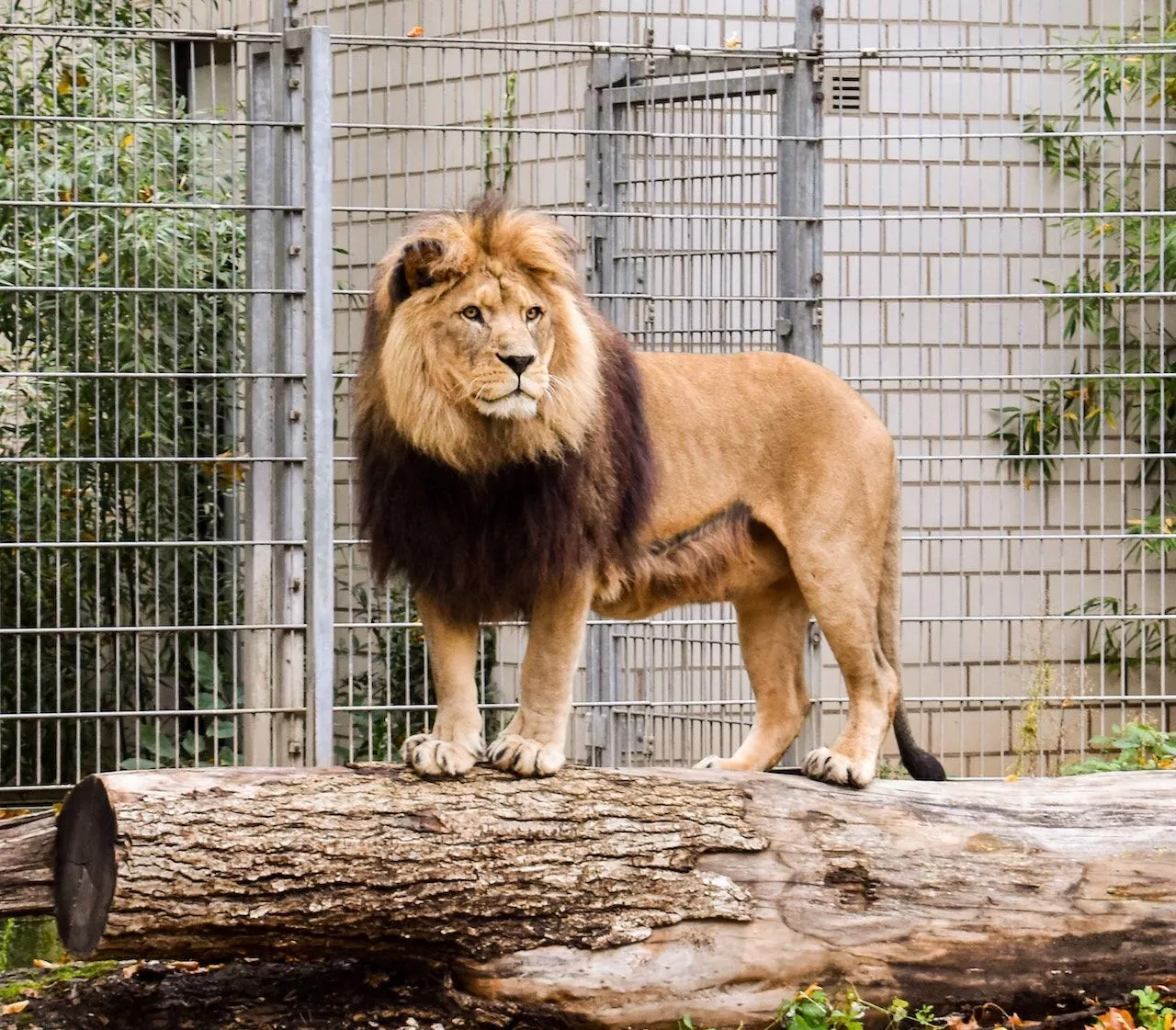Kangaroos, the iconic marsupials that symbolize the vast Australian wilderness, are fascinating creatures with powerful hind legs, distinctive hopping gait, and unique pouches to nurture their young.
As they are not widely spread across the globe, many questions about them linger in our minds. One such is: Do kangaroos have whiskers?
To unravel this mystery, let’s dive into the intriguing world of these extraordinary creatures.
Do Kangaroos have Whiskers?
Kangaroos are born with whiskers, which they use as sensors to find their way to the pouch well before most of their other senses function. Using these whiskers, kangaroos can assess and gather information about their surroundings.
The whiskers that are located in front of their snout are short and almost unnoticeable. But the ones around the sides of their snout are longer comparatively.
If you think the kangaroo’s whiskers are similar to that of cats and dogs, then you may be disappointed to know that it’s not. Like other grazing animals like deer, the whisker on kangaroo are not very prominent and often indistinguishable from the fur.
You may not notice these tiny whiskers for baby kangaroos unless you look carefully, but as they grow, they will develop long visible whiskers from both sides of their snout.
Also Read: Can Lemurs Swim?
Do Baby Kangaroos Have Whiskers?
Yes, baby kangaroos are born with whiskers, which they initially use to find their way to the pouch when their other sensory organs are still developing.
Although they may not be as obvious or extensive as traditional whiskers found on cats or rodents, these tactile hair follicles still play an essential role in helping kangaroos sense their environment.
They also help the kangaroo detect changes in air currents and vibrations caused by movement nearby, assisting them in navigating through dense vegetation or detecting predators.
Kangaroos can twitch their whiskers to remove flies or ticks from the snout area.
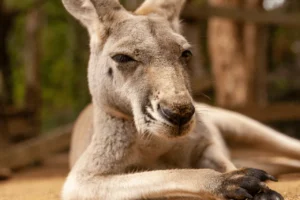
How Whiskers Are Different From The Fur?
Whiskers are different from fur. For instance, whiskers are thicker than a strand of fur, and the follicle of a whisker has more blood vessels than a strand of fur comparatively.
While fur protects animals from weather conditions, whiskers help navigate their surroundings and sense objects nearby. These long, stiff hairs are deeply rooted in the skin and are innervated by sensory nerves connected to the animal’s nervous system.
So, indeed, these are an additional advantage in understanding its surroundings.
Also Read: Do Elephants Eat Kangaroos?
How Whiskers Help Kangaroos?
Kangaroos use their whiskers as a vital tool for navigation and exploration. They use them to determine objects’ size, shape, and texture in their environment.
Kangaroos can gather information about potential threats or obstacles by brushing their whiskers against surfaces or through the air currents around them.
They are also helpful while navigating through low-light conditions or poor visibility so that kangaroos can move swiftly without colliding with objects or predators lurking in the darkness.
So, these teeny tiny whiskers help kangaroos and support their survival in diverse environments.
Which Species Of Kangaroo Has More Prominent Whiskers?
In certain species, like red kangaroos, the whiskers are easily identifiable. As it’s larger in size than other species, such as the Eastern Grey kangaroo and the Antilopine kangaroo, its limbs are more prominent and have the biggest whiskers.
Final Words:
Whiskers (also known as vibrissae) are not exclusive to cats and dogs, but many other animals, including kangaroos, possess these specialized hairs. They play a crucial role in an animal’s sensory perception by providing valuable information about its surroundings.
FAQ:
What Are 3 Interesting Facts About Kangaroos?
- A baby kangaroo is called Joey, and it will be in the size of a jelly bean when it’s born.
- A baby kangaroo stays nearly 6 months in the pouch to grow and mature.
- Kangaroos can’t move backwards.
Did Humans Have Whiskers?
As per research, humans used to have whiskers. But they lost the DNA for whiskers about eight hundred thousand years ago.
What Animals Have Whiskers?
Whiskers are mostly seen in mammals like cats, dogs, beavers and mice.

